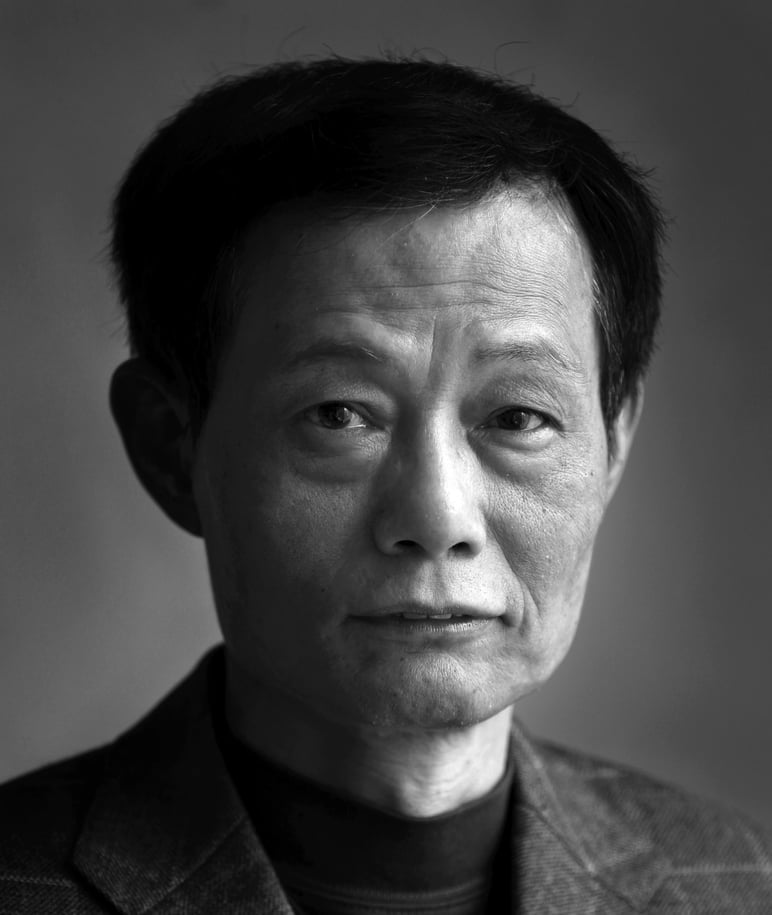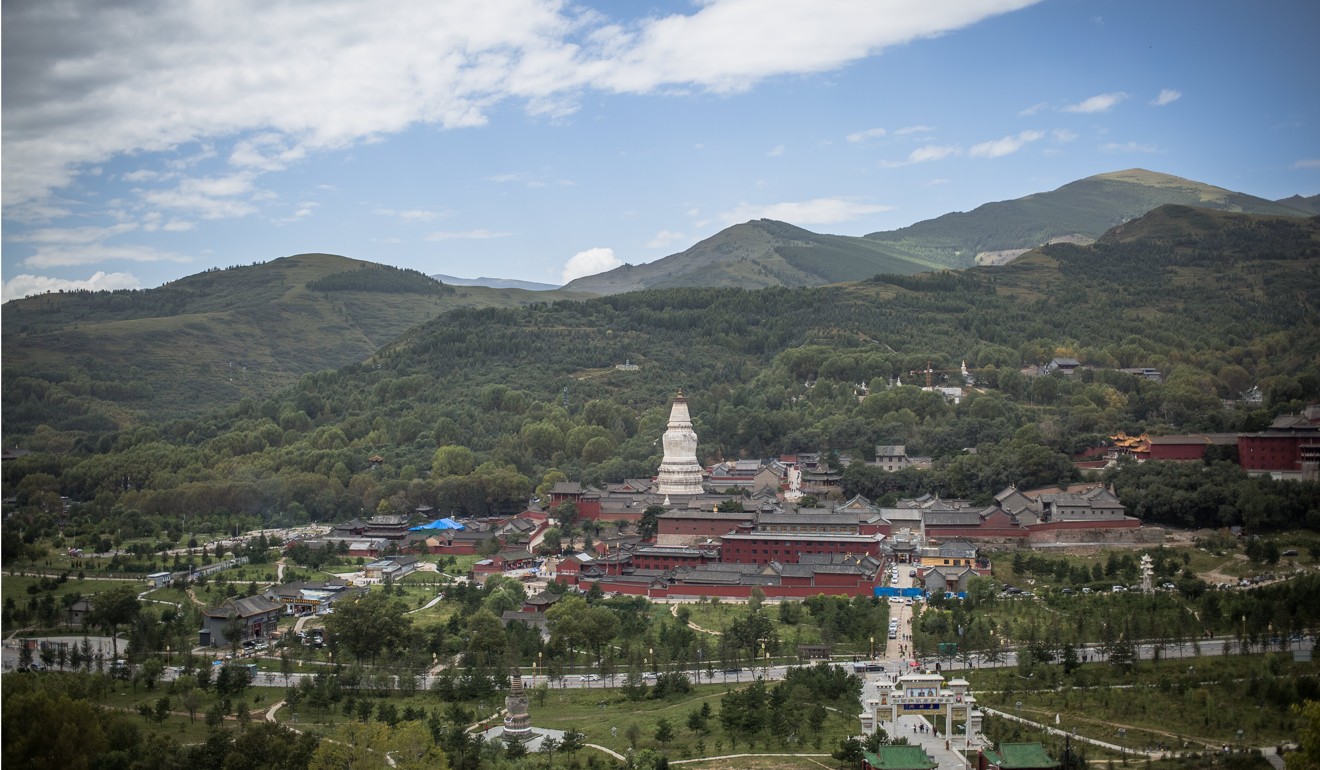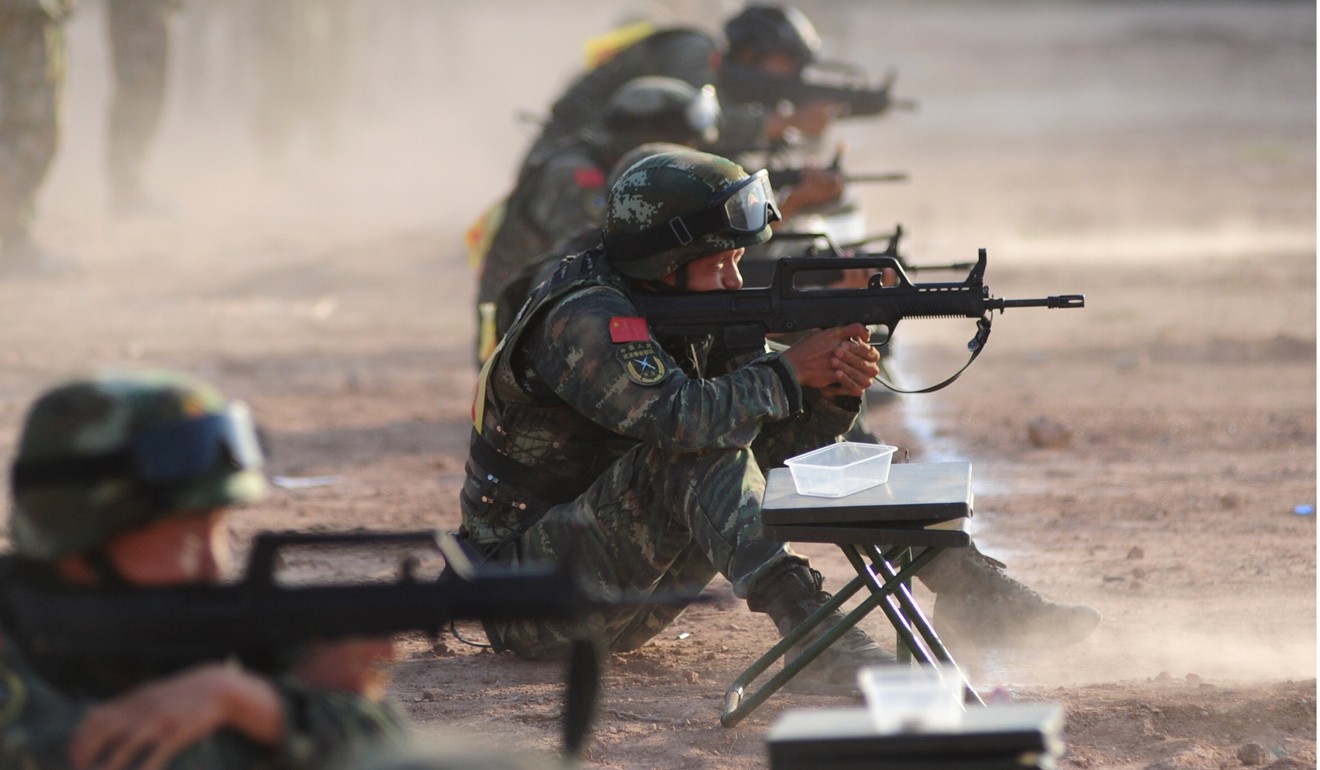
Can China and India regain their footing as brotherly neighbours?
Cary Huang says the shared experiences of the two Asian giants, once the basis for fraternal warmth, are being sorely tested now as they compete to be the true Asian power on the global stage
The two also resemble each other in their modern development: both suffered foreign invasions and colonial rule, and only attained full nationhood in the late 1940s.
Due to their shared destiny, the two new nations forged ties in the spirit of brotherhood (“Hindi Chini Bhai Bhai”). India was among the first to recognise the communist state – the People’s Republic of China – as the legitimate Chinese government, switching its diplomatic recognition from the Taiwan-based Republic of China. India’s first prime minister, Jawaharlal Nehru, was the first non-communist head of government to visit China in 1954, where he and Chinese leaders Mao Zedong and Zhou Enlai jointly advocated the “Five Principles of Peaceful Co-Existence”, which later became one of the most widely accepted post-war diplomatic doctrines.
China and India – a love-hate relationship throughout history

But their similarities have also nurtured rivalry, and both giants are now competing to emerge as the true Asian power on the global stage.
Lesson from Doklam: China and India can still become ‘Chindia’, but only when boundaries are set
As China and India found themselves in the middle of yet another military stand-off recently, their age-old border problems and deep strategic suspicion is back on the boil despite their much wider and deeper engagement in recent decades. Their rivalry for regional and global influence has intensified, with discord in issues including border disputes, Tibet, trade, military and geopolitics.
Both nuclear-armed military forces are modernising their power-projection capabilities, with plans to build the world’s most powerful blue-water fleets, including a fleet of aircraft carriers second only to the US.

Imagine what China and India can do together
From New Delhi’s perspective, an increasingly assertive China with its formidable naval presence in the East and South China seas and the Indian Ocean is a major security threat. India is also upset by Beijing’s blockade of New Delhi’s quest for a permanent seat on the UN Security Council. India sees China’s “all-weather” friendship with Pakistan, growing influence in Nepal and Bangladesh, and the planned China-Pakistan Economic Corridor as glaring indicators of China’s intentions of encircling India.
Geographically, the Himalayas that separate the two nations have not impeded exchanges between the two peoples for thousands of years. Unfortunately, the natural barrier has also proved useless in shoring up their sense of security.
Cary Huang is a senior writer at the Post

